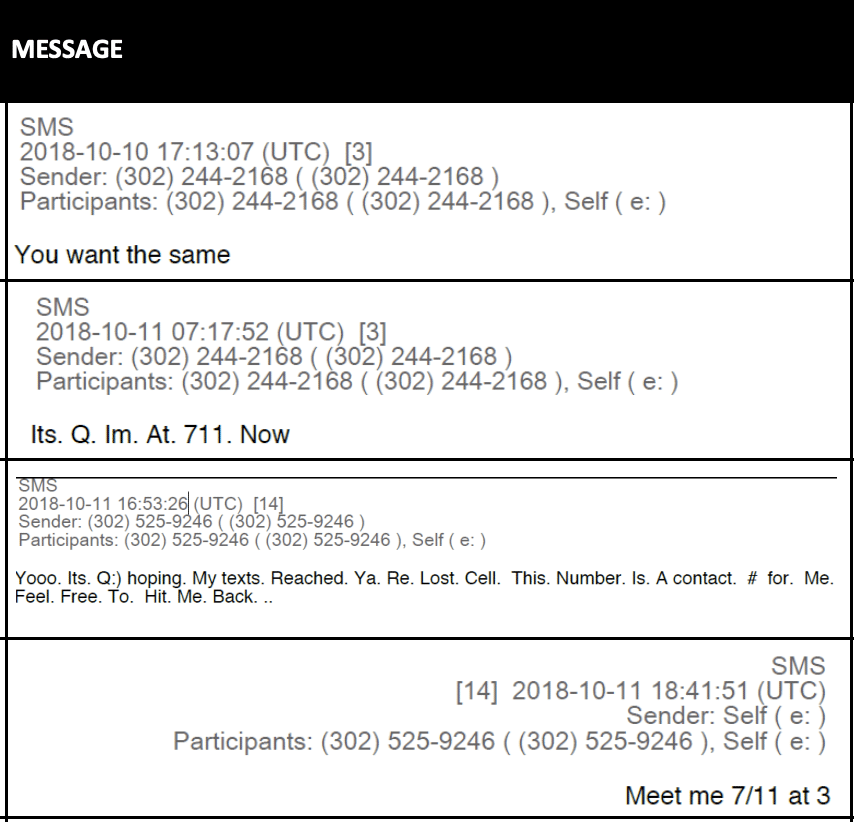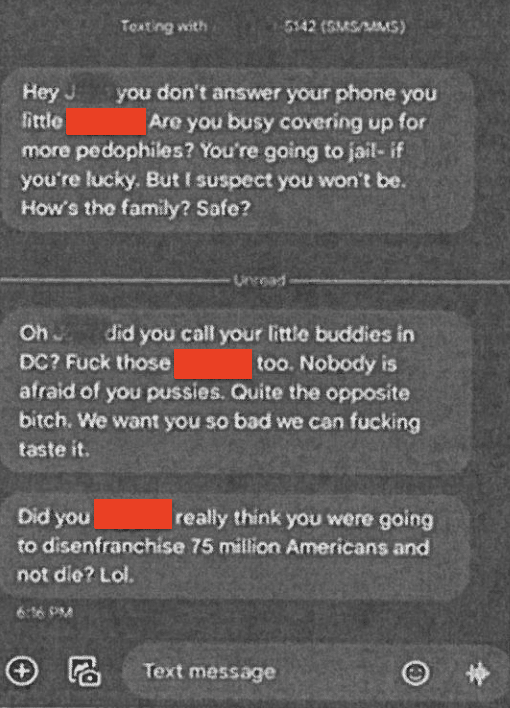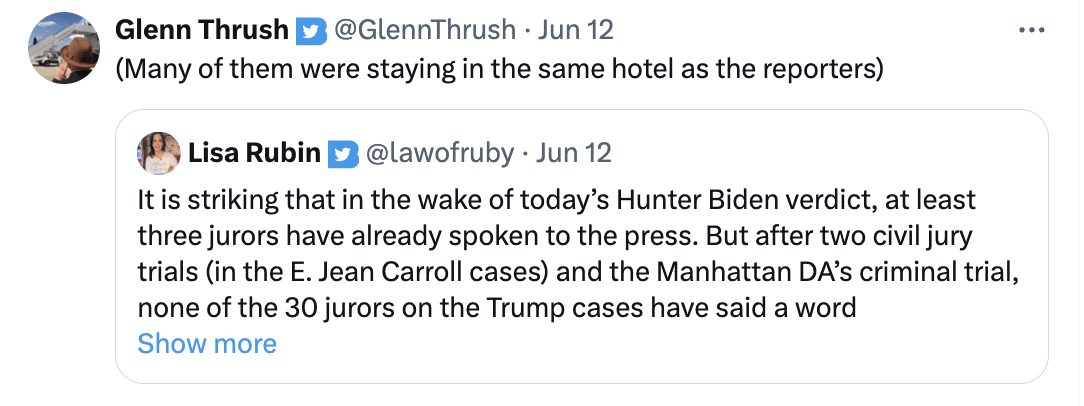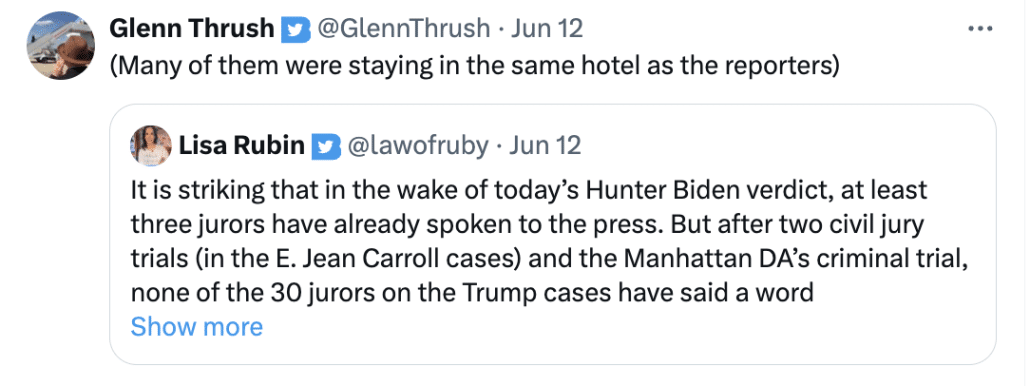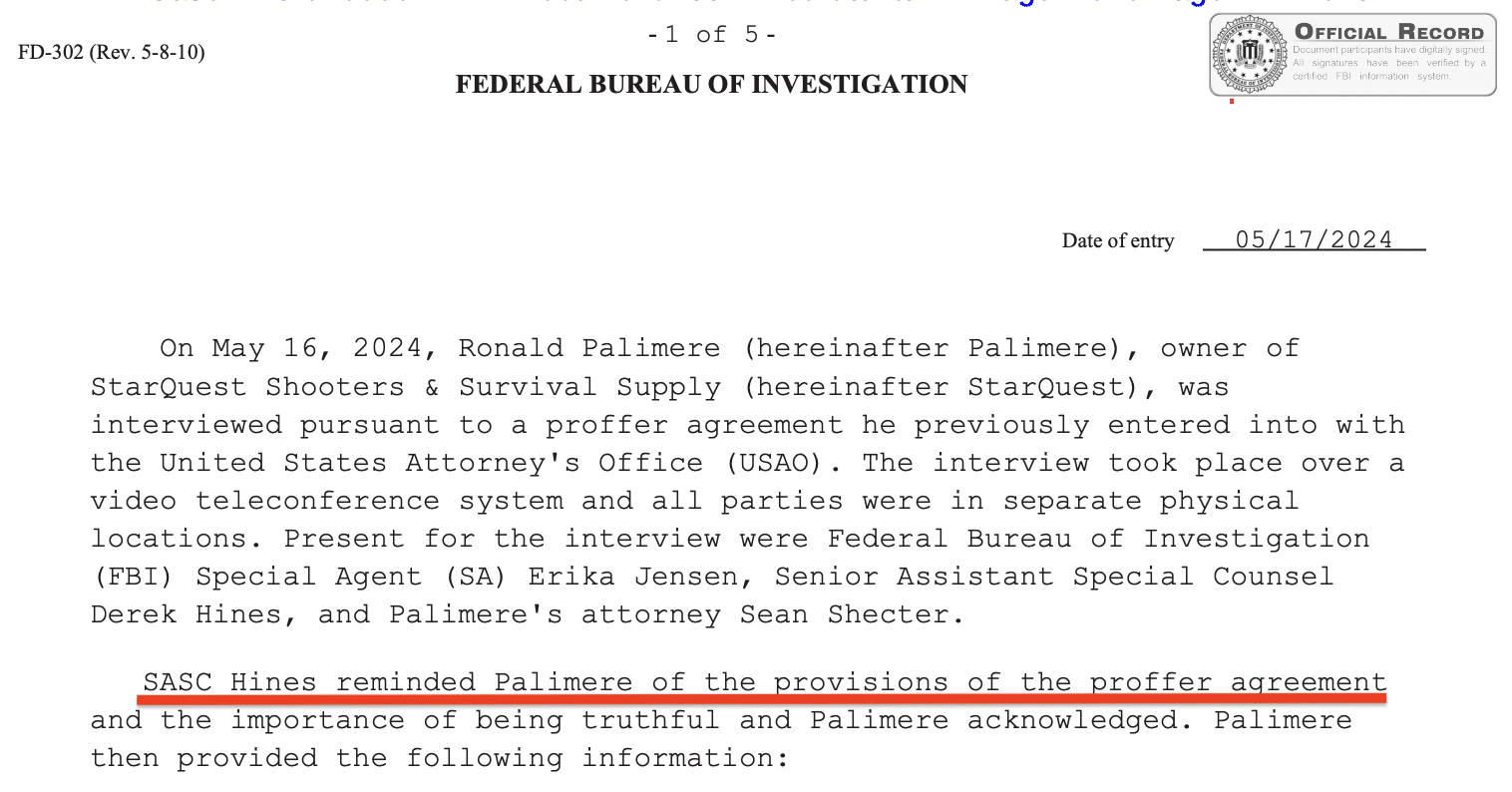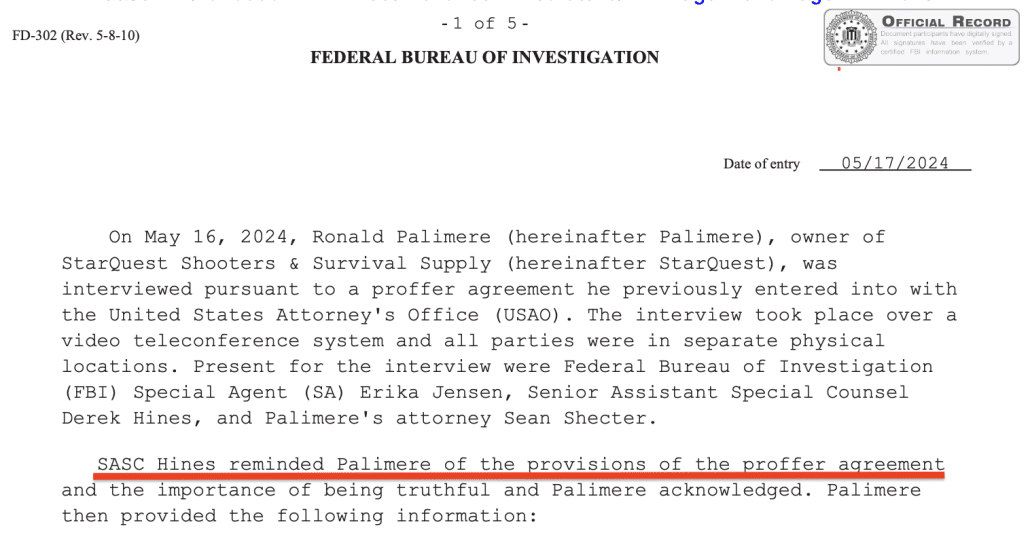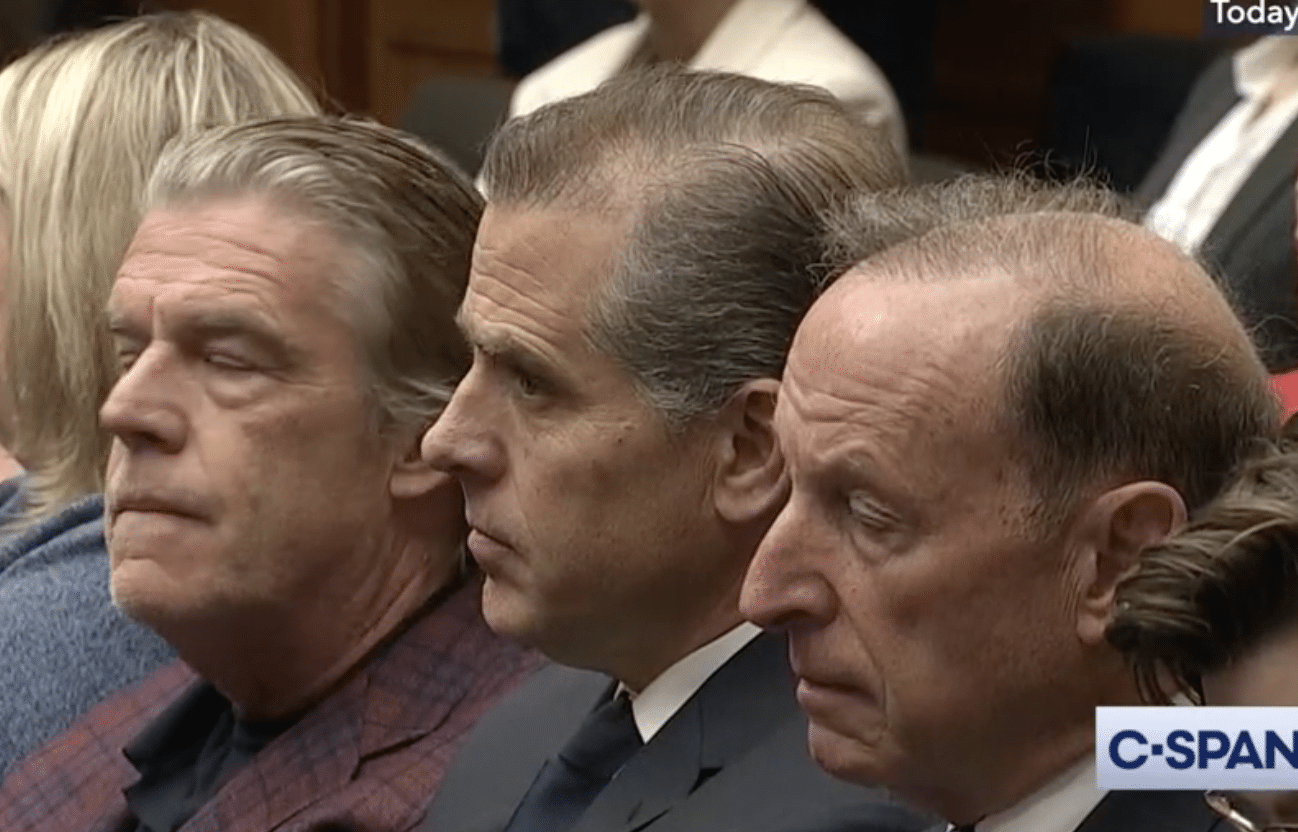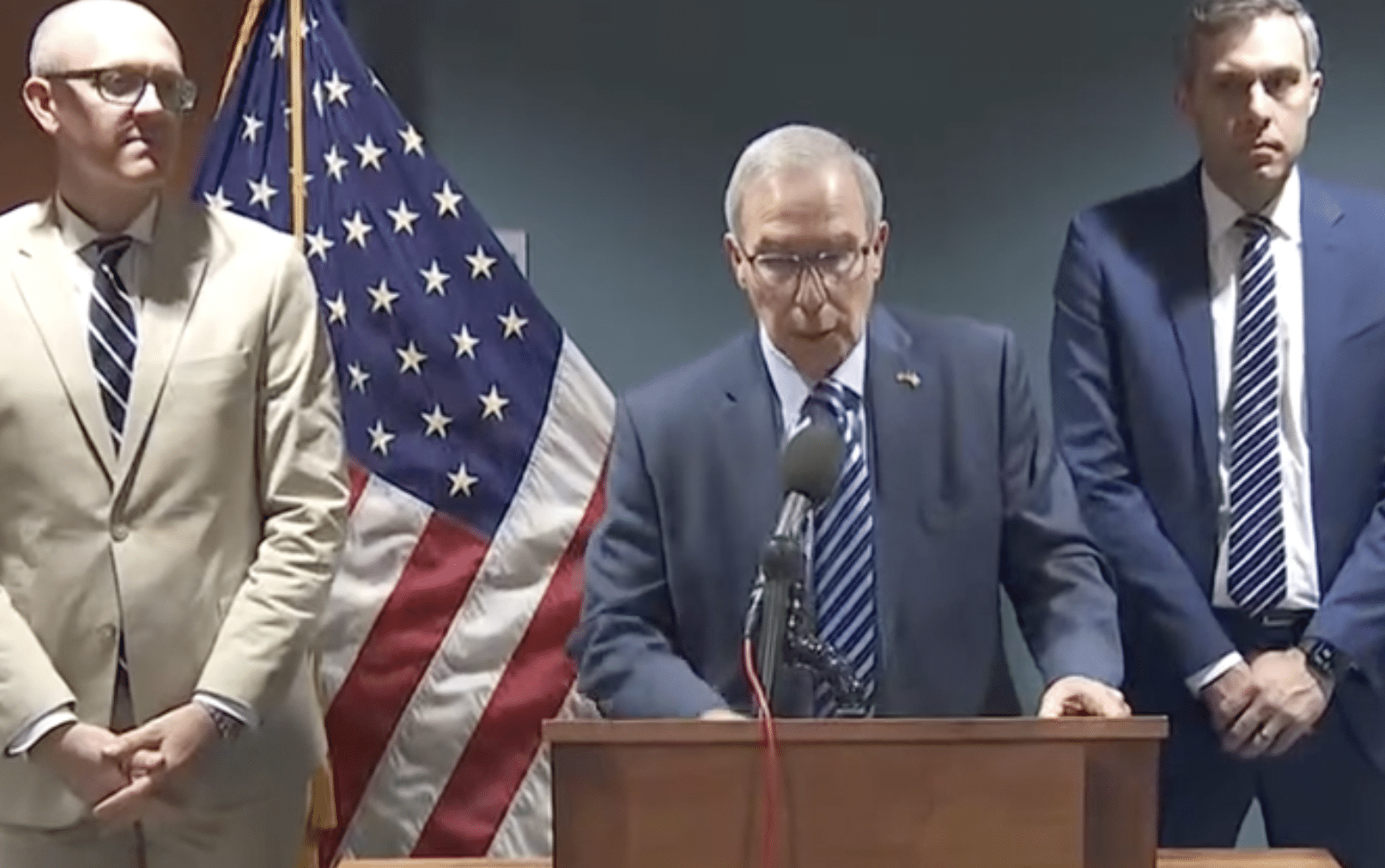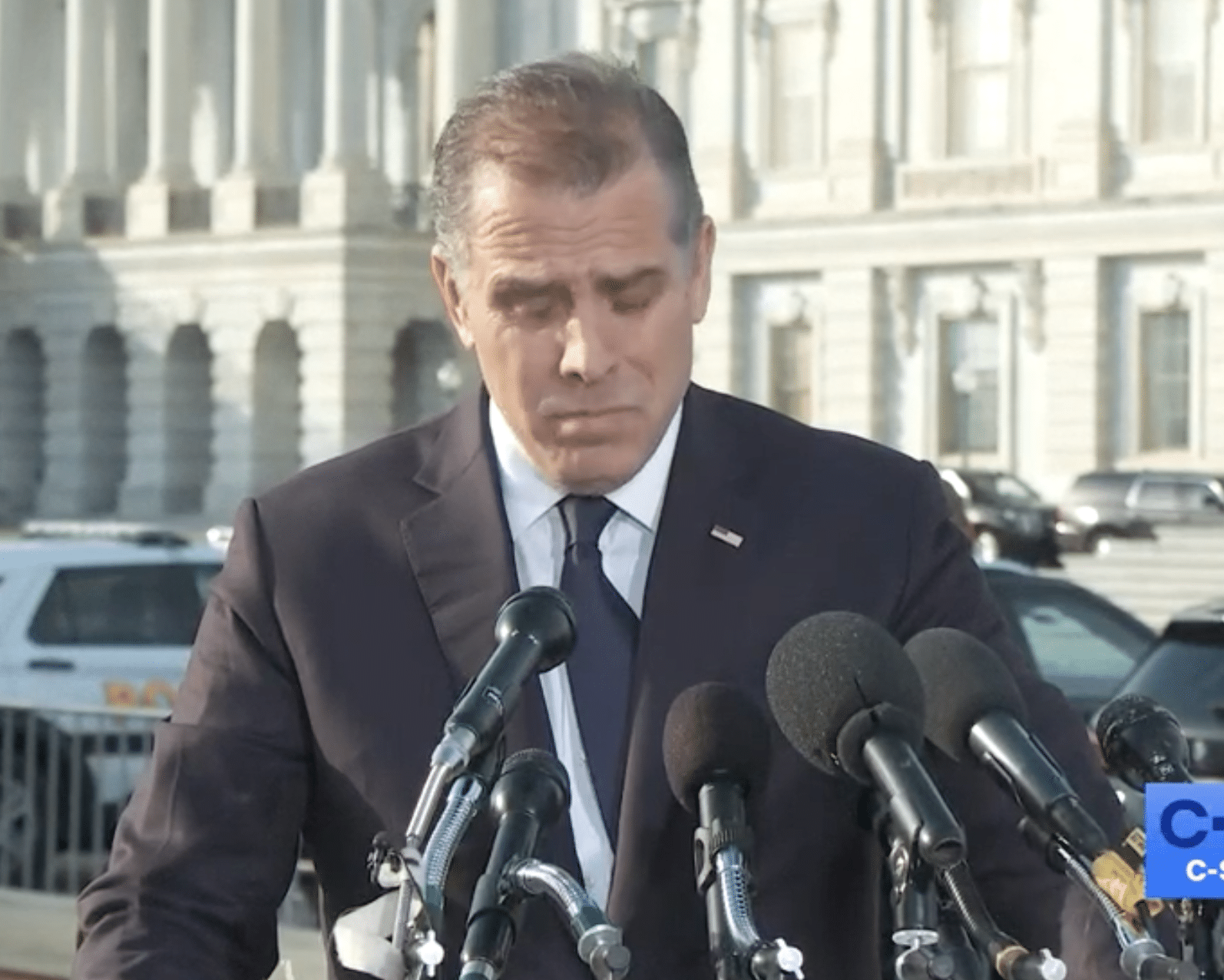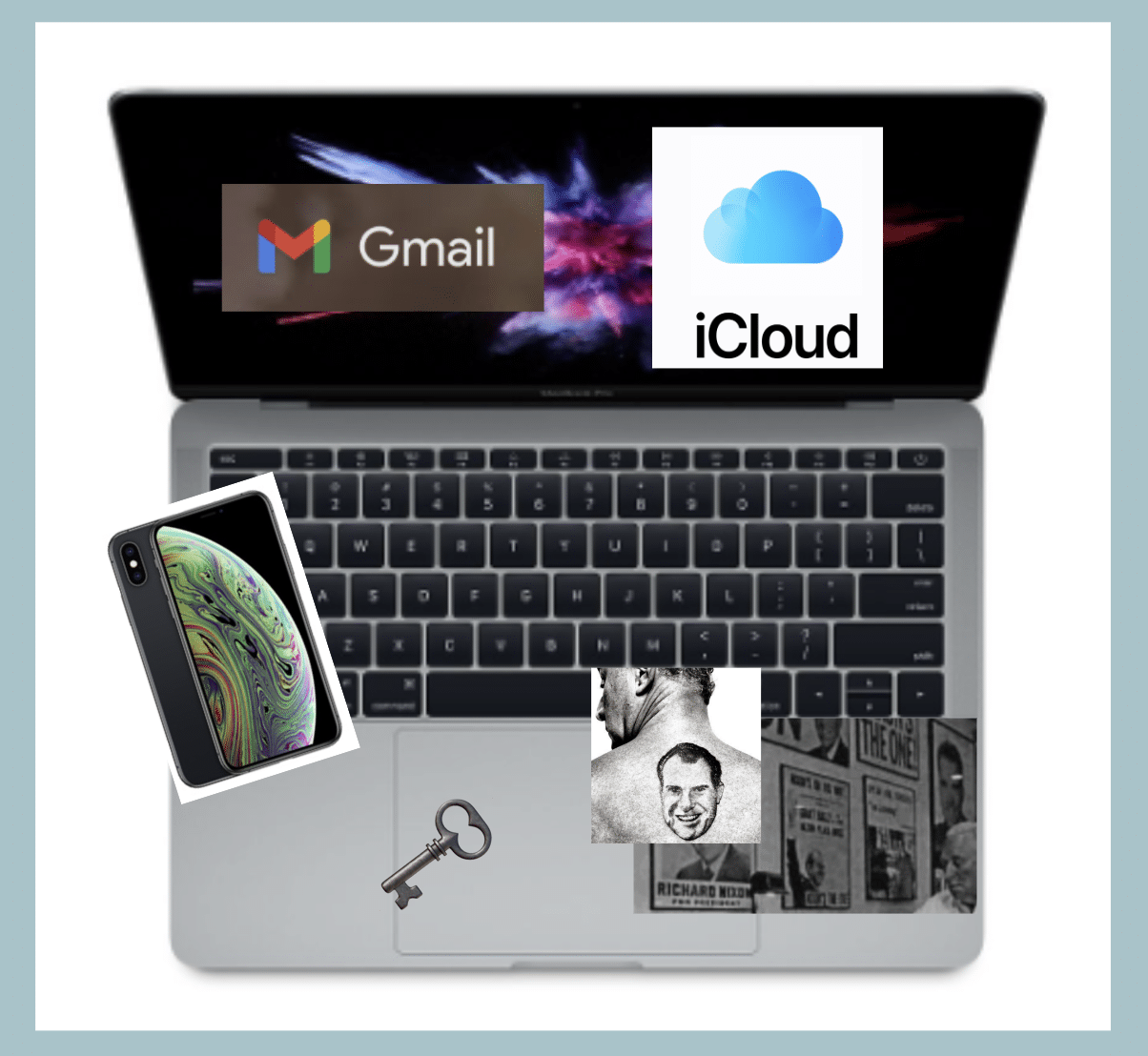Hunter Biden’s Prosecutors Complained about the Laptop, Once, Too
Just over a month ago, Judge Maryellen Noreika denied Hunter Biden’s request to compel prosecutors to provide better guidelines about where it had obtained evidence they would use against him. Because Derek Hines had identified the individual messages he used in a filing — including the Keith Ablow picture of sawdust Hines claimed was cocaine — she deemed the request moot.
Defendant closes his motion with a request that the government be ordered to “generally point defense counsel” to where, on a forensic image of Defendant’s “Apple MacBook Pro,” certain text and photographs can be located. (D.I. 83 at 18). That forensic image was produced to Defendant in October 2023 without an index, without any Bates stamps and without any indication of what will be used at trial. (Id. at 17). Although the government produced the laptop in the specific format requested by Defendant (D.I. 86 at 19), he complains that he has been unable to locate on the image certain text and photographs relied upon by the government (D.I. 83 at 17-18). In its opposition, the government provides an exhibit with images and annotations that appears to identify where the information resides on the laptop. (See D.I. 86 at Ex. 1). As best the Court can tell, this response satisfied Defendant, and there are no further outstanding requests with respect to the laptop. (See D.I. 89 at 19-20 (recognizing that the government has no index and expressing appreciation for the government’s disclosure of location of information)). Therefore, Defendant’s request as applied to the Apple MacBook Pro appears moot.
Noreika’s refusal to require a searchable format came up at least twice at trial (probably three times). I’ve already described how prosecutors sprung the 7-Eleven texts on Hunter the morning of closing arguments. Hunter’s team surely looked for communications between Hunter and Naomi Biden before they put the daughter on the stand, but they seem to have been surprised by some texts changed that week (note, those texts were only used to refresh her memory, so did not come in as exhibits).
But even prosecutors complained that they couldn’t find things that had been on the laptop.
Before dropping four pages of new texts on Hunter Biden the last morning of trial, days earlier, Leo Wise complained that Hunter’s team had only identified the location of eight pages of texts they wanted to use to cross-examine Hallie the night before Hallie testified.
MR. WISE: The first issue is globally, we got this at 11:07 last night that actually provided the sources for these messages. We have been asking for it since Monday when they sent it to us. We of course provided our summary chart months ago. The whole point of the rule, 1006 to allow each side to check the accuracy of the statements that are in the summary chart. So we think the whole thing should be kept out because we haven’t had the time and they haven’t followed the rules to give us the time. And it’s eight-pages long.
Lowell responded that they had given the texts earlier; they had just provided the location the night before.
MR. LOWELL: Yes, of course. So as to the first one, Mr. Wise would indicate that the first time he saw these texts was whenever he just said. Actually, over the last few days we have back and forth, they keep asking us for source material and we keep trying to provide it.
THE COURT: What are these sources that they all have exactly the same number?
MR. LOWELL: I would like my colleague to address the source if I could have that happen.
MR. WISE: I didn’t say we saw the text for the first time last night, I said we saw the source.
Judge Noreika suggested that one thing prosecutors were trying to do was challenge the authenticity of the texts. Lowell reminded that he got Agent Jensen to vouch for authenticity on the stand.
THE COURT: I understand, you were trying to check the accuracy and authenticity.
MR. LOWELL: Again, one of the things I asked Agent Jensen was whether or not that material, the Cloud material, and the laptop was in the condition that they got it and whether they provided it to us in discovery and whether it was the same material and she said it was. That is the source, they have it and they sent it to us, we sent it back to them, but I’ll have Mr. Kolansky address the source for it.
MR. WISE: I don’t think they sent it back to us. But again, if you look at our chart, we literally have page 1001, I’m looking at a message 86, page 1412, so that they could go back exactly to where this message comes from and it was provided months ago.
That’s when Hunter attorney David Kolonsky revealed he was working from the hard drive of the laptop prosecutors provided and Hunter’s team used a different extraction tool to work from there.
MR. KOLANSKY: Your Honor, these messages that start on October the 11th, they’re extracted from the hard drive that we received in discovery from the government. It was a single hard drive with essentially, if you think about it —
THE COURT: So was there a way for you to say it’s on page whatever of the hard drive?
MR. KOLANSKY: There is not, Your Honor.
THE COURT: How did they do it?
MR. KOLANSKY: I don’t know how they do it, I don’t know what software they used.
THE COURT: How did you give them a specific place to go and he’s saying you can’t.
MR. WISE: We gave it to them both ways, they asked for the raw data and then we also gave them these extraction reports that reflect all of the messages that we are using with page numbers and all of the messages they’re using, they’re just somewhere in these 18,000 pages and they won’t tell us where.
THE COURT: You’re assuming they’re somewhere in these 18,000 pages, you don’t know?
MR. HINES: They keep saying they’re from the same data, so that means they should be on the extraction reports and the extraction reports are pages that are–
THE COURT: Can you get them that information?
MR. KOLANSKY: We can get them the information based on an extraction report that we created using an extraction software we have. It’s not going to match —
THE COURT: Did they give you an extraction —
MR. WISE: We gave them an extraction report, they did not give us whatever he’s referring to that has page numbers that we can look at.
THE COURT: So you gave them an extraction report, the same extraction report you used to come up with page numbers?
MR. WISE: Exactly.
THE COURT: Can you use that extraction report and give them page numbers?
When Judge Noreika asked why Kolansky didn’t just use the extraction report prosecutors provided, he said he couldn’t find all of them.
MR. KOLANSKY: When I searched these messages last night, Your Honor, for each of the 42 rows, I did not find these messages in the extraction report that they’re referring to.
MR. WISE: So they have discovery, an extraction report that they’re relying on that they haven’t give us which is the underlying material that supports under 1006 the summary report and they should have given it to us.
MR. KOLANSKY: Your Honor, we’re happy to provide the extraction report that we generated.
THE COURT: Why are you doing that today when you expect to use the exhibit today?
MR. KOLANSKY: It’s an extraction report that we used in order to thread the messages so that they’re readable.
THE COURT: Yes, but — what I’m confused about is you’re not giving them the information in the same way that they gave it to you. You’re saying — he’s saying look, tell us where it is, we gave you an extraction report and you’re telling me but it’s not in, it’s something new that wasn’t in the government’s extraction report and you can’t tell us where it is?
MR. KOLANSKY: Let me try to rephrase it, maybe I’m mischaracterizing it. When we —
THE COURT: Was it in the — so the government gave you an extraction report, you’re telling me these messages you want to use were not in there.
MR. KOLANSKY: Correct. They were in something else.
MR. LOWELL: They were in a separate sub-data, the extraction reports were from the iCloud, these messages were derived not from the source file, but from Macintosh HD, Macintosh hard drive, so there is two worlds of discovery, iCloud, and those were the extraction reports, and then material from the hard drive, which we extracted ourselves based on the forensic images they provided.
THE COURT: Did you give them an extraction from the hard drive?
MR. WISE: Yes, from the laptop. There is an extraction– that’s why if you remember when Agent Jensen was testifying, the format changed —
THE COURT: So these are messages that you’re using from the laptop, not from the — not from the iCloud.
MR. KOLANSKY: They’re from the hard drive that we received from the government.
THE COURT: The hard drive image is from the laptop. You guys are talking, I got laptops and hard drives, and I don’t even know what else I got, iClouds, oh my.
MR. KOLANSKY: Yes, that’s right.
THE COURT: So the hard drive, though, is the hard drive that correlates with the laptop.
MR. KOLANSKY: Yes, Your Honor.
THE COURT: So these are messages you want to rely on from the laptop that are not in the iCloud?
MR. KOLANSKY: That’s correct, Your Honor.
THE COURT: Okay. And you’re saying, Mr. Wise, that you gave them extraction files from the hard drive/laptop.
MR. WISE: Exactly.
THE COURT: And why didn’t you give them from that extraction file, the page numbers?
MR. KOLANSKY: I have not seen that extraction report, Your Honor.
MR. WISE: We provided it in discovery. It was — that’s how we made the chart, I mean, which they’ve had for months. So if they looked at that chart and said wait a minute this says laptop, we don’t have an extraction report from the laptop, where are you getting this from, we would have expected to hear that months ago. There is clearly an extraction report, that’s what the 1006 reflects and we reattached it when we provided our expert discovery.
MR. LOWELL: One point on that, by the way, if we’re talking about authenticity, which I think is half the issue, we talked to the government and have the stipulation about it being authentic.
Finally, Wise and Hines started claiming that the reason they can’t find these texts are because maybe they were filtered as privileged.
MR. WISE: There is sort of two things with that. We didn’t get everything that’s on that laptop. It went through a filter review. So we may or may not have. They have the whole set. So first thing —
THE COURT: Filter review from whom?
MR. WISE: A separate team that we have no access, we’re walled off for, it’s in the search warrant, that is the protocol that would be followed. The first thing is whatever they would want to show her, they should give us, we should see it so we know, and we’re not going to be able to sitting here sort of find it on the fly. If the question is authenticity, sure a witness can testify that, you know, this is a text I sent or an e-mail I sent and that gets them through the authenticity gate, but it doesn’t necessarily get them through the admissibility gate and the admissibility gate is often things like is it a business record, that’s how it comes in, is it some other exception —
[snip]
MR. LOWELL: Yes. So we will try to get that done quickly and figure that out. Again, not that I feel like I need to apologize, but we have been going back and forth. The data is incredibly dense and we have gotten it from the government in various ways. And now I’m hearing that they’re saying in their extraction report or what they did, there may be things missing, well we have them from them, so I don’t know how things we put here could be missing because we didn’t invent this, we got it from them.
THE COURT: So anything — maybe I should address this to your colleague. So anything that you have gotten or put on this chart is something you got from the government, not from any other source?
MR. KOLANSKY: That’s correct, Your Honor, and I proffer that and it comes directly from the government and that is why I endeavored to be as precise as possible to the original source file path they can stick it on the hard drive and get exactly to the folder where that message is derived from on the hard drive we received.
MR. LOWELL: Like last night I think, or yesterday afternoon, whenever we were able to go back, we provided them with the media that they can go and do exactly what Mr. Kolansky just said and check it. Now if they chose not to, I’m sorry but we gave it to them because that’s the best you can do with the data they gave us.
THE COURT: All right.
MR. WISE: No, no, we didn’t get any media, I got, 11:07, I saw something on my phone that has this path name that I don’t know what it is.
MR. LOWELL: I’m sorry, we gave them the file path one by one of something they gave us.
MR. WISE: Yeah.
THE COURT: The file path one by one, but the file path is identical.
MR. HINES: It’s filtered, we can’t see that but we can’t — and they know that from the search warrant, it’s in the search warrant.
THE COURT: So you’re limited in what you can do because you’re trying to protect rights using only the information allowed from the search warrant.
MR. WISE: Exactly.
MR. LOWELL: What I’m learning for the first time, understand this, they have provided us in discovery things that they’re saying that the investigative team does not have. So I didn’t realize that, I thought it was a one to one match, you would have assumed that otherwise I don’t know why they would have sent it to me, it’s not attorney/client materials we’re talking about, it’s conversations between Mr. and Ms. Biden, so I don’t understand that.
MR. WISE: It’s Rule 16, it’s his statement, we have to turn it over, if it’s privileged, we don’t get to see it if it goes through a filter, this is not anything new, the search warrant says it went through a filter.
Even Judge Noreika scoffed that the government would have filtered communications between Hunter and Hallie as privileged, which led Wise to channel Donald Rumsfeld invoking known unknowns.
THE COURT: He’s saying this is conversation between Mr. Biden and Ms. Biden, there is no arguable privilege here.
MR. WISE: Again, we don’t know what we don’t know, when they say we got it, we don’t have it
Again, Hunter’s team blew the deadline for exhibits, so part of this was their fault (though these were exhibits for cross-examination).
But ultimately, Hines and Wise’s silly claims that they couldn’t find individual comms either stems from the failure to do an index of the laptop in the first place.
Even prosecutors had a problem with the complexity of the laptop, and in that moment, tried to claim (in part) that they could exclude material from the laptop they had testified was authentic because they couldn’t find it.

